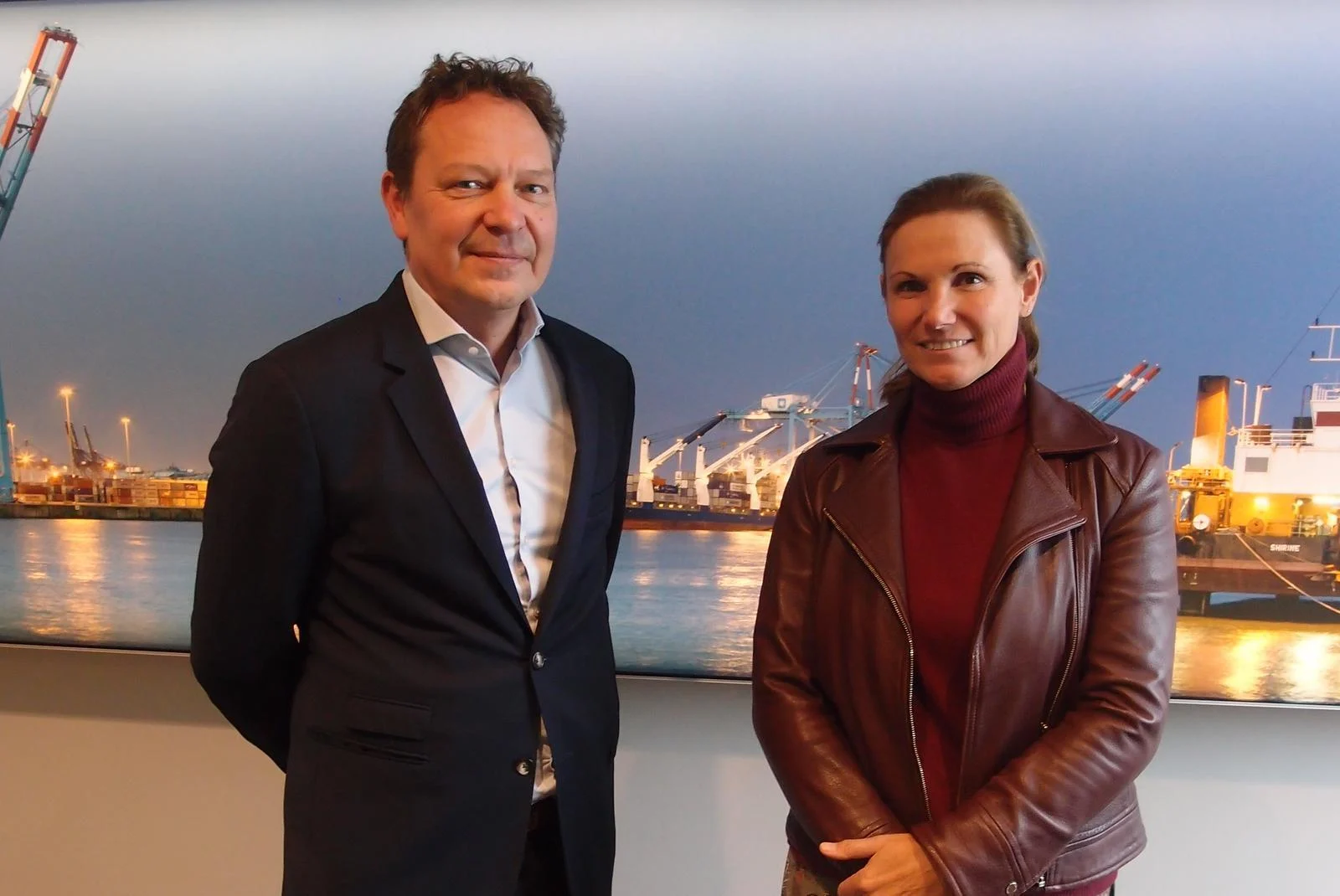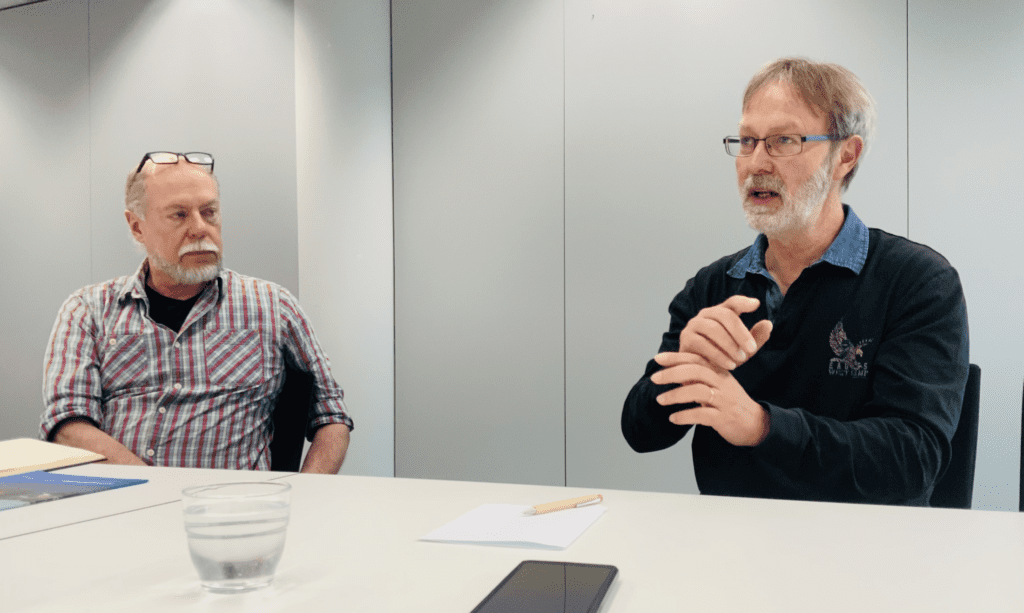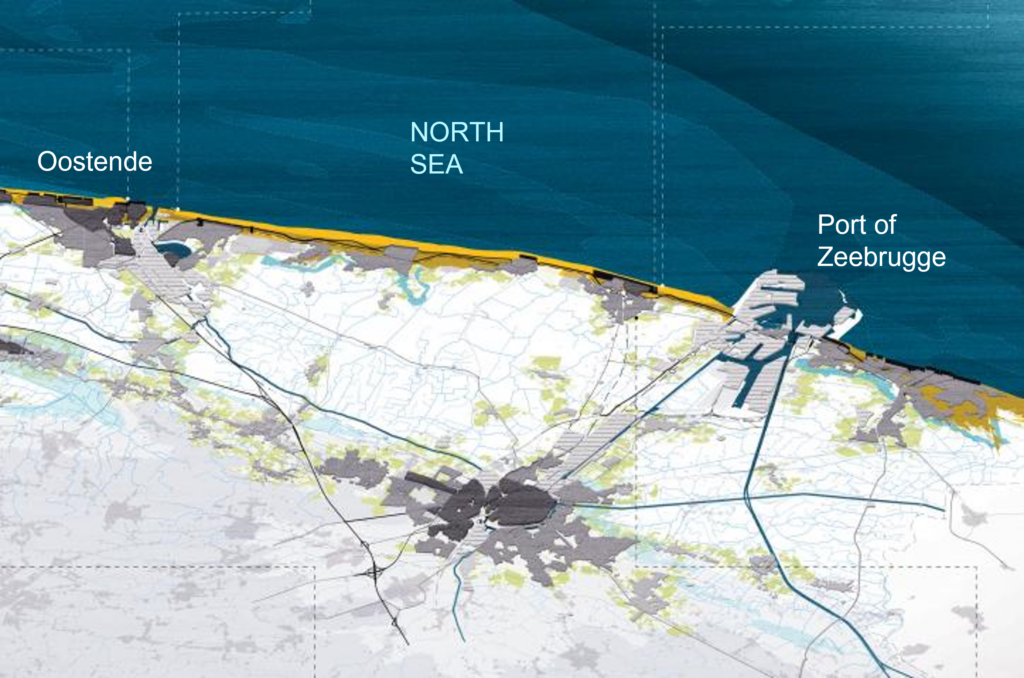Remediated Carcoke site as lever for circular economy in Zeebrugge
A study commissioned by Circular Flanders sees the remediated Carcoke site as a potential lever for circular economy in Zeebrugge. Other sites also offer opportunities for green energy, reverse logistics in the automotive sector and maritime project recycling.
“Zeebrugge is far from being the best student of the circular economy,” falls CEO Tom Hautekiet. “Unlike the more industrial ports where many more raw materials are handled, e.g. Antwerp and North Sea Port, Zeebrugge has logistics transhipment in its DNA. We asked ourselves how we could focus more on the circular. In doing so, we realise that it is not easy to give maritime meaning to circularity.”
MBZ, the Zeebrugge port authority, therefore looked forward to the findings of a study commissioned by Circular Flanders. Professor Elvira Haezendonk, professor of sustainable port strategy at the VUB and UA, and her team examined the opportunities for sustainable revitalisation of the Carcoke site. When Carcoke, a decommissioned coking plant along the Boudewijn Canal, went into liquidation in 1996, it left behind the ‘most polluted site in Flanders’. The land and buildings were taken over by OVAM for one symbolic euro, to be further demolished and remediated. “OVAM and Circular Flanders raised the legitimate question of how, after the huge community effort – the clean-up cost 72 million euros – they can use that site in a sustainable way as a lever for the port’s circular transition.”
Volume is crucial
“Some ports have more circular opportunities than others,” Professor Haezendonck clarifies. “Most places involve recycling activities or energy recovery. Ports often have the space and interested companies for this, usually far from the built environment and easily accessible for transport. But the circular transition goes wider than that. Recently, for instance, the energy transition has gained momentum, strengthening the link between ports and industry. On top of that, the great logistics knowledge and experience in Zeebrugge can play a role.”
“OVAM wants to give the 12.7-hectare Carcoke site back to the port. Our study shows that the site has excellent accessibility, including for deep-sea traffic. That fits within the port’s remit and business model. Yet we found that of all the current circular activities in the Flemish seaports – mainly recycling – as many as 85% do not yet use the water, or hardly use it at all. Trucks are mostly used because the volumes are insufficient for maritime services or inland navigation.
So if you want to attract water-bound circular activity, volume is crucial for the business model. In addition, for circular projects in the port area, other sites without an urgent need for water-bound traffic are available.”
From cars to potato peelings
We are at an interesting tipping point, Professor Haezendonck observes. “In the traditional economy, ports have long been followers because, as transhipment hubs, they answer a derived demand. But in the transition to a more sustainable economy, they are taking the lead. For example, for hydrogen production, import and traffic, they are ideally located and have facilities such as pipelines.”
“From discussions with major players from Zeebrugge and people from the circular business world, we detected numerous opportunities. I already mentioned hydrogen and we are also thinking about reverse logistics. Zeebrugge is the largest world port for new cars, why couldn’t it be for high-quality recycling of (electric) cars and car tyres? Another opportunity is complex maritime project recycling, for example of end-of-life wind turbines or drilling platforms. Moreover, we must dare to think beyond recycling alone: for example, the West Flanders potato and vegetable sector has a lot of residual products that can be used. We do realise that besides a few quick wins, most opportunities are of such a magnitude that they are best tackled by cooperating ports and industry. These collaborations also fit perfectly within the set-up of the Flemish Port Strategy.”
Goldmine for port activities
Carcoke could become a prominent trigger or lever in that evolution, Hautekiet agrees: “There are still a number of vacant sites around this site, and the plan for the new Visartsluis also includes filling in the nearby Oud Ferrydok. This would create an area of 30 hectares, a goldmine for port activities.” Prof Haezendonck confirmed, “Such a location is something every port in Europe dreams of.”
“But I am also glad that there is a lot to do in other locations. Because as Professor Haezendonck stresses, it is important that any new infill at Carcoke creates sufficient port traffic. In any case, a lot is coming our way. In terms of energy transition, we are getting requests for all colours of molecules. In early 2022, we are already expecting an investment decision from Hyoff Wind to produce green hydrogen with offshore electricity and distribute it via pipelines. The capacity would be 25 megawatts that could be scaled up to 100 megawatts. Meanwhile, we also concluded an ‘import coalition’ with the port of Antwerp to import foreign hydrogen molecules. In that context, we recently signed an agreement with Chile. In the field of project recycling and reverse logistics and recycling in the automotive sector, it will come down to developing workable business models with partners. Finally, we are thinking of calling for innovative projects along the banks of the Boudewijn Canal to Bruges,” Hautekiet concludes.
This article Gesaneerde site Carcoke hefboom voor circulaire economie Zeebrugge – Flows first appeared on the Flows news site on November 10, 2020.



